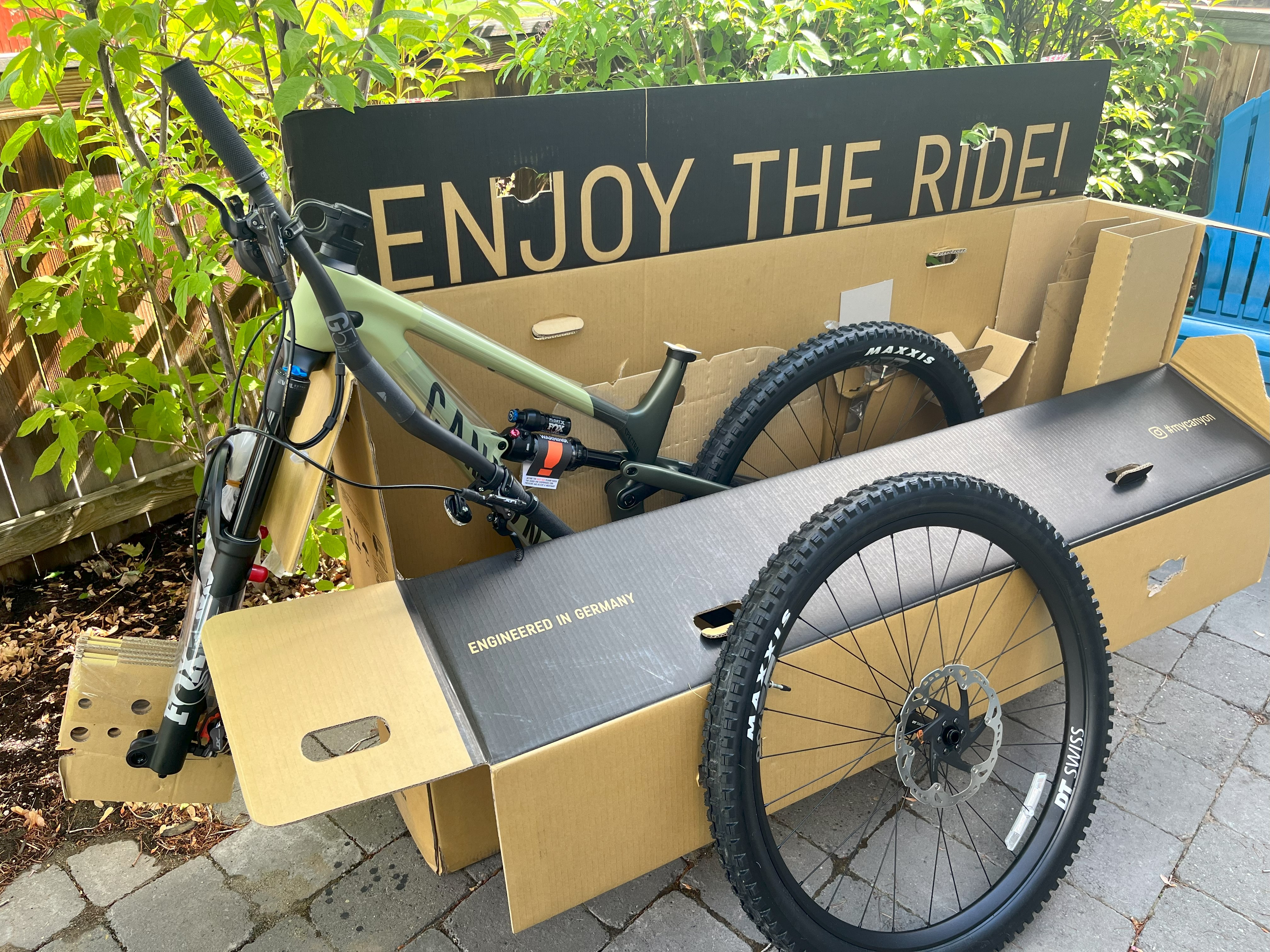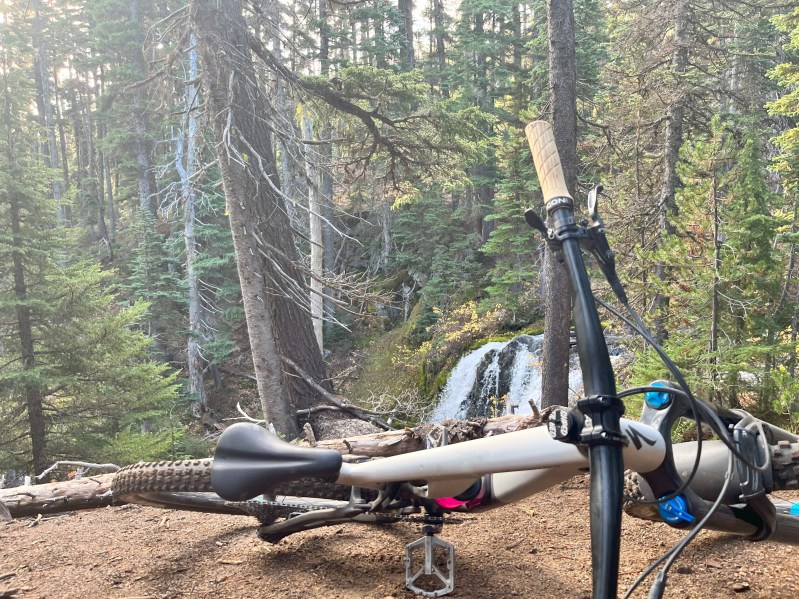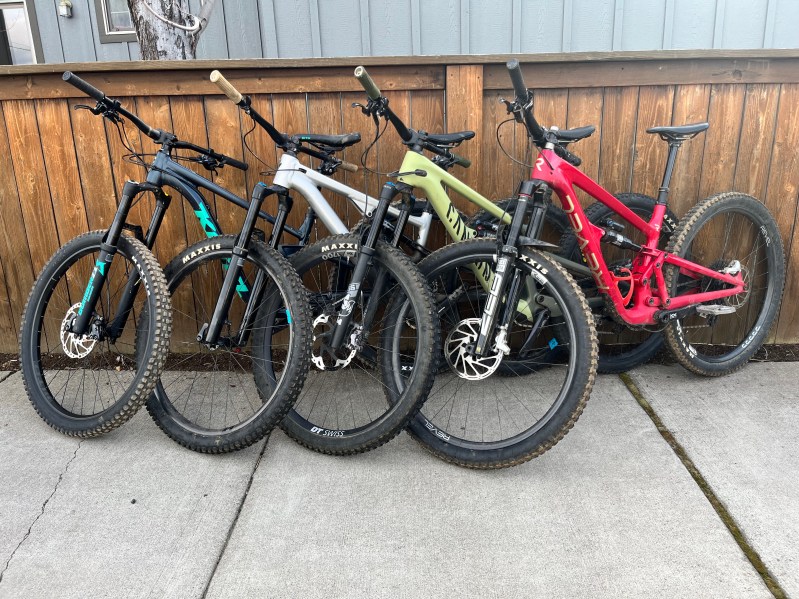
I bought my first mountain bike in the early 2000s. Back then, there weren’t as many mountain bike options, and they certainly were not nearly as expensive. I worked an entire summer and spent the entire $750 on a new mountain bike.
Fast forward to 2021, and I was getting back into the sport after a long hiatus. Mountain bikes had changed significantly—for the better—and I was quickly playing catch-up. One thing that had certainly changed in the nearly two decades since I purchased my first mountain bike was the price.
So, like many of us, I let the price be the most significant factor as I searched for my next mountain bike. Ultimately, I settled but still came away with a great bike that got me back into the sport.
However, if I were to do it all over again, there are certain things I would have done differently and things I wouldn’t have compromised on.
Don’t plan to upgrade an entry-level mountain bike

Mountain bikes can be compared to cars in many ways. Each bike will have several different builds—similar to cars with different trim packages—starting with entry-level and working their way up.
For cars, as you go up on trim packages, you may get a leather interior, heated/cooled seats, a better stereo, upgraded wheels or suspension, etc. For a mountain bike, it may have more adjustable suspension, a carbon frame or wheels, better brakes, or a lighter drivetrain. And usually, these nicer components will provide a better experience on the trail.
But, they come at a price, and that price is often too rich for many, especially those who are purchasing a mountain bike for the first time. When two or three mountain bikes in a bike shop look the same but have different price tags because of the components, it can be easy to choose the cheapest bike.
How much of a difference can those components really make? And you can always upgrade later, right?
Yes, you can upgrade components at a different time, but be warned you will pay more in the long run.
When mountain bike manufacturers build different spec-levels of bikes, they can pass the savings on to you because they can purchase components at such high volumes. You will pay more for the higher-quality wheels, suspension, and brakes if you buy them separately, paying retail.
Do yourself a favor, save for a few more weeks and buy a mid-to-higher level component build on a mountain bike.
Buy a mountain bike that matches your trails

Bigger doesn’t mean better—this is especially true regarding mountain bikes.
Don’t get me wrong, there is undoubtedly a place for big, long-travel mountain bikes. For example, perhaps you live near a lift-access bike park and plan to get a season pass and ride there. In that case, you’ll want to consider a big bike with a lot of suspension.
However, most of us aren’t riding up chair lifts or hitting gnarly trails multiple times a week that require big mountain bikes. Most of us get out on the weekends, hit our local trails, and grab a beer after. We need a mountain bike that will tackle local trails but still provide lots of fun.
And it probably doesn’t have tons of travel.
Mountain bike social media content shows skilled riders on rad-looking, big bikes hitting extreme features. For these professional riders, these are their local trails, and they need that big of a bike to ride them successfully.
For us, we likely don’t.
Fortunately, mountain bike design and technology have progressed so much over the last few years that even shorter-travel trail bikes are capable. Getting that big, long-travel bike you see on social media will likely be a chore to pedal uphill and can dumb down many of the trails you ride.
Go to your local bike shop, tell them the trails you ride, and ask what bike they recommend. I promise it won’t be a long-travel rig.
Be wary of used mountain bikes

Another way that many people looking to buy a mountain bike will save money is to buy a used one. That mid-to-high-level-spec mountain bike that was out of your price range may be more affordable if it is three or four years old.
But, buyer beware, there are a lot of risks you take when you buy a used mountain bike.
First, you will likely have no protection from the manufacturer. Any warranty coverage the manufacturer offers will only extend to the original owner—who can prove they purchased the bike by providing receipts. Some companies have begun extending the warranty to the second owner of a mountain bike, but those companies are few and far between, and you still need documentation that you are the second owner. This likely means having the person you purchased the bike from provide their original purchase receipt and some documentation showing they sold it to you—a noble task for someone you met online.
The other reason to stick to purchasing a new mountain bike is that you will have the most up-to-date iteration of that mountain bike frame. There have been significant changes to mountain bikes over the last decade, or even shorter, and these changes to the bike’s geometry have made them so capable.
The moral of the story is that it is a good idea to be patient, save just a bit more money, and go with the more expensive mountain bike. It isn’t a sales gimmick or an employee trying to get a commission. You will have a better experience on a better bike.



